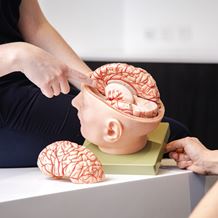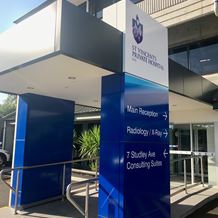Glaucoma is a potentially blinding disease that usually affects the side or peripheral vision first, and then the central vision last (cf tunnel vision). It is thought to be caused by damage to the optic nerve (the nerve that connects the eye to the brain) that is related to the pressure inside the eye becoming higher than normal but is not related to blood pressure. There are a number of conditions that can lead to the eye pressure being raised, and glaucoma can sometimes run in families. It commonly occurs in the older populations (> 50-60 years old) of all ethnic backgrounds.

Glaucoma is a slow and progressive disease and takes a long time (years) to develop before it starts to affect the vision. Unfortunately, there are usually no early symptoms so many patients usually present for the first time with visual loss. So, early detection of glaucoma or risk factors that can lead to this disease is important. This can be performed when one presents with another eye problem or for a routine eye examination. Once diagnosed, it is a life-long condition that requires continuing observation and management.
The aim of the treatment is to lower the eye pressure to try to prevent or slow (if already present) loss of the side vision but unfortunately, it cannot reverse the visual loss that may have already occurred. The treatment options include drops, laser, cataract and glaucoma surgery (MIGS or trabeculectomy), each differing in terms of how well or how long it works. The option(s) required depends on the treating doctor’s experience and how advanced the glaucoma is.
Dr Lance Liu
Dr Lance Liu is an ophthalmologist with an interest in clinical research that includes glaucoma. Dr Liu is also involved with the Sight for All Foundation and the Australia Health Humanitarian Aid organisation, which provides teaching and aid for cataract and glaucoma in Laos, Cambodia and Vietnam.




